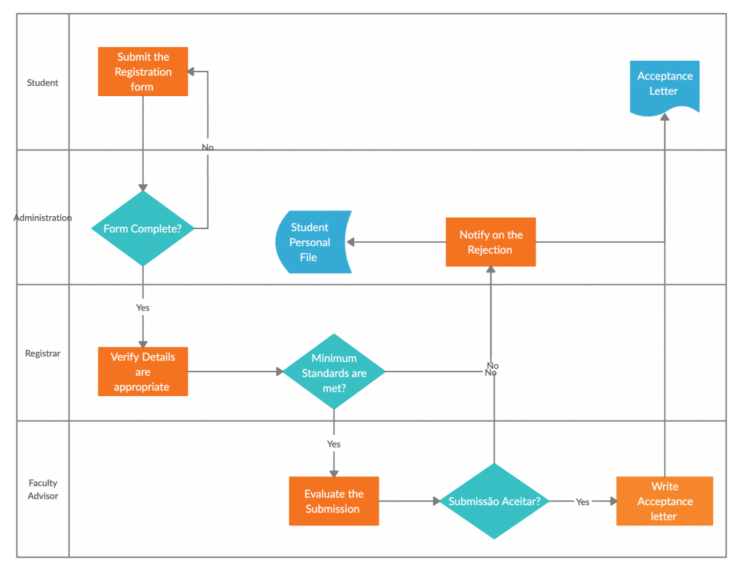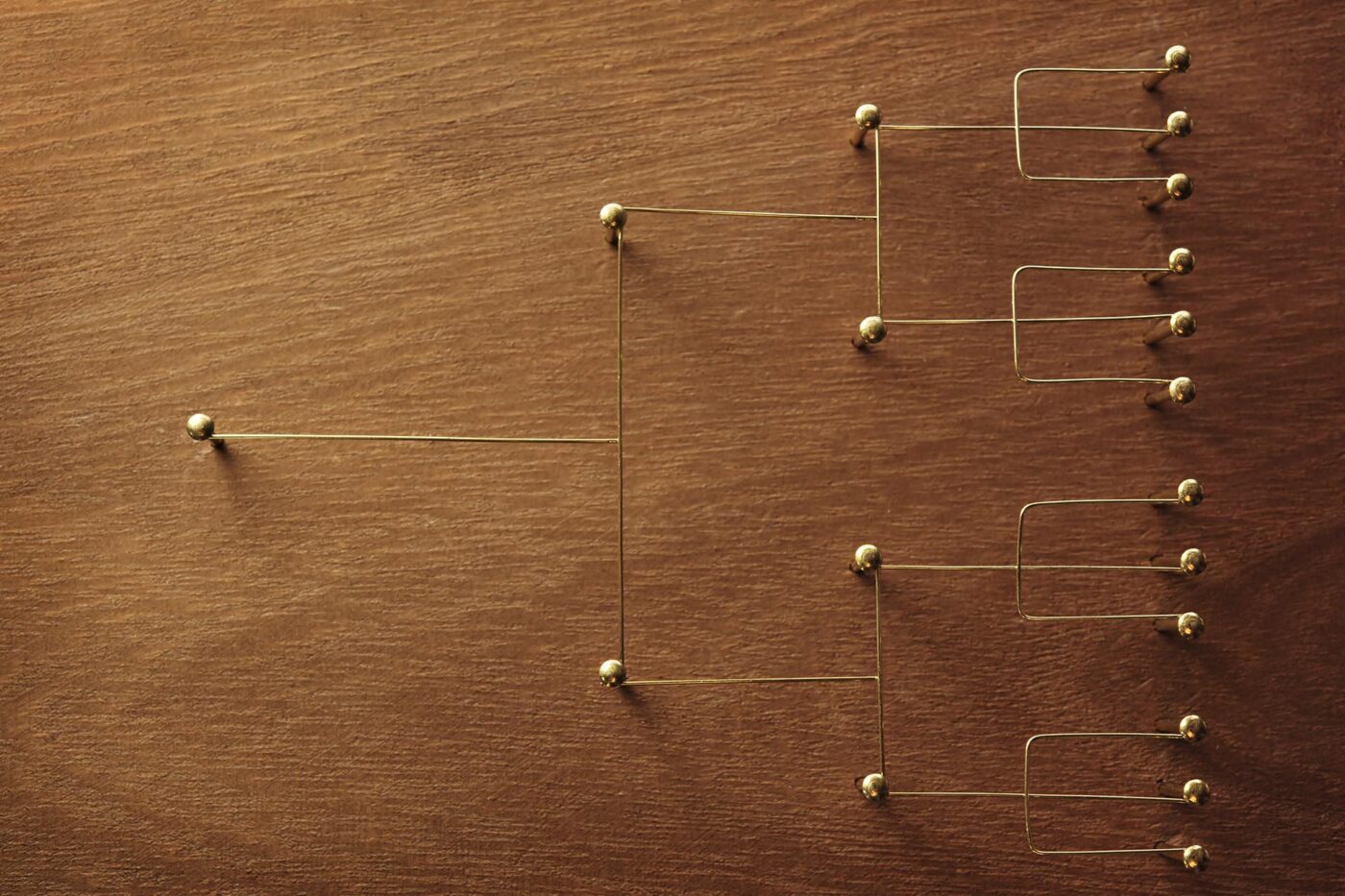A flowchart is a graphical representation of a system or process. It shows the procedures necessary to produce output.
A standard flowchart represents various functions with fundamental symbols and depicts the connectivity and order using arrows and lines.
They may be used to record almost any kind of step-by-step systemic change, including the movement of commodities and the flow of application data through a human resources department’s hiring process.
How Does It Work?
Every flow chart focuses on a system or single processor. It starts with entering data into the platform and proceeds through all the steps required to find a culmination.
Flow charts can be as complex as desired, ranging from a high-level overview of a whole system to a detailed depiction of one component.
Furthermore, it highlights decision points and critical processing.
Flow Charts For Business

Flow charts are a vital tool for process optimization. Additionally, experts in several connecting industries rely on them; these include:
- Computer programming
- Engineering
- Entertainment
- Physical sciences
They assist project teams in identifying the various aspects of a process and understanding the correlations by giving a graphical insight.
Moreover, their usability for business processes is unrivaled. For example, an advertising business owner can halve the time it takes to create an ad by utilizing a flow chart.
And even though flow charts are an old design tool, they are still popular among computer programmers who work on system analysis and design.
As a result, there are many new software tools to aid business personnel in making flow charts.
How Is Flowchart Used In Business

A flow chart can be made to streamline any process. Some of the common uses of flowcharts in business process management are:
- Analyzing and identifying exceptions and variations
- Understanding the procedure as recorded
- Standardizing various departments or groups
- Recognizing identical tasks or other resource allocation problems within the procedure
- Evaluating the movement of the process to find out bottlenecks or other problems
Creating Flowchart
The first step to creating a flowchart is to list steps on paper or in a document. This will help you brainstorm the initials sequencing and steps.
When the sequence and steps are identified, using a proper flowchart tool is a good idea.
These tools make the flow easier to understand and cohesive in terms of fonts, size, symbol spacing, and style.
Best Practices For Flow Chart

As one of the essential tools to analyze business processes, flowcharts are widely relied upon.
With that said, here are some practices to follow that help keep an excellent flow chart:
- Each flow chart should begin with a trigger. These are frequently expressed as a verb-noun phrase within the beginning terminal sign, such as “Submit expenditure report”
- All process termed pathways should be connected to another step or a terminal symbol
- Flowcharts for left-to-right languages, such as English, should be created from top-left to bottom-right
- If there are more than two possibilities, branching may be preferred to a decision point
- The flowchart should have a definite end, and it may have numerous endings due to the potential of various decision points
- Arrows ought not to be crossed. Once they do, the flowchart should be rebuilt to prevent the lines from crossing
- Be consistent in how alternatives are given from decision points where possible, i.e., “Yes” or “Correct” always comes from the bottom of the decision point, “No” or “False” always comes from the right side
- Flowcharts are more understandable when they employ standard symbols and do so consistently. A key should be supplied if various characters are utilized
- Language should be straightforward. A verb-noun phrase like “Submit payment” is considerably easier to comprehend and read than a two-sentence explanation — and to contain all that material, you’d need big font sizes or giant symbols. If a more detailed description is required, it may be placed in the process documentation itself or a callout
- This also entails providing the appropriate degree of detail for the intended audience. Senior management may require a higher-level flowchart with only a few phases. In contrast, employees completing the job or attempting to improve the process may want a more detailed, task-level flowchart
Building a flowchart is an important part of the Half Double Methodology, which is an is an impartial and non-profit foundation with the purpose of increasing the rate of success in projects all over the world.

